RENAUD DANHAIVE
I am Renaud Danhaive, a researcher, designer, and engineer working at MIT, where I am completing a Ph.D. in Building Technology. I research applications of machine learning to performance-driven design exploration, and, more broadly, how AI can augment human creativity and aid in the design of better products and buildings. I have taught at MIT and Politecnico di Milano and have worked as a bridge engineer at Arup New York and Ney and Partners. I received degrees in architecture and structural engineering from the Université Libre de Bruxelles (B.Sc. in Architecture and Engineering) and MIT (M.Eng. in Civil and Environmental Engineering).

design space lab
A web-based tool for design space exploration using machine learning and data visualization. Release: Spring 2020

generating shapes from sketches
Interacting with Generative Adversarial Networks (GAN) is far from trivial. This project proposes using sketching as a means for shape retrieval in a 3D GAN.
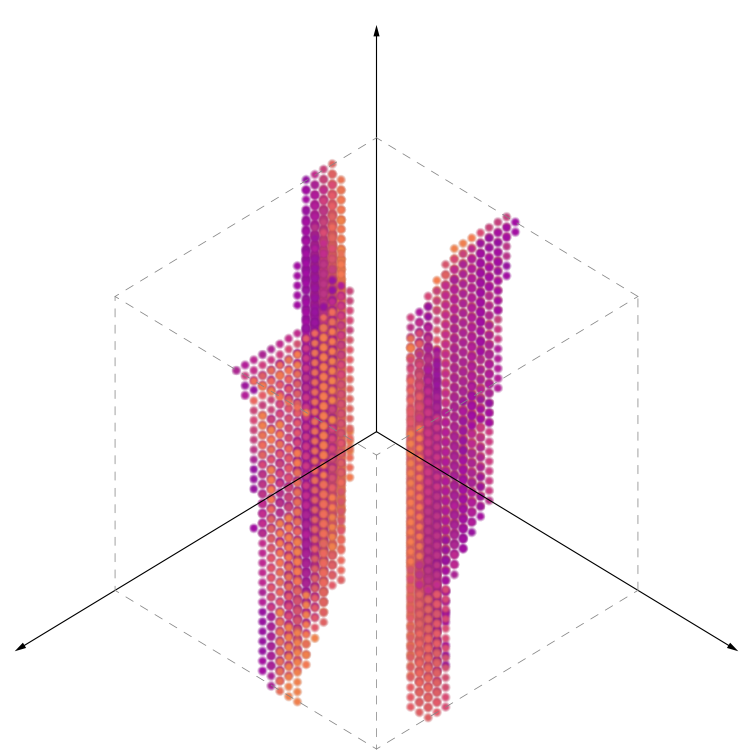
4.S42 creative machine learning for design
4.S42 is a new MIT subject which I created and taught in the spring of 2019 and which focuses on creative applications of machine learning to engineering, architecture, design, and art
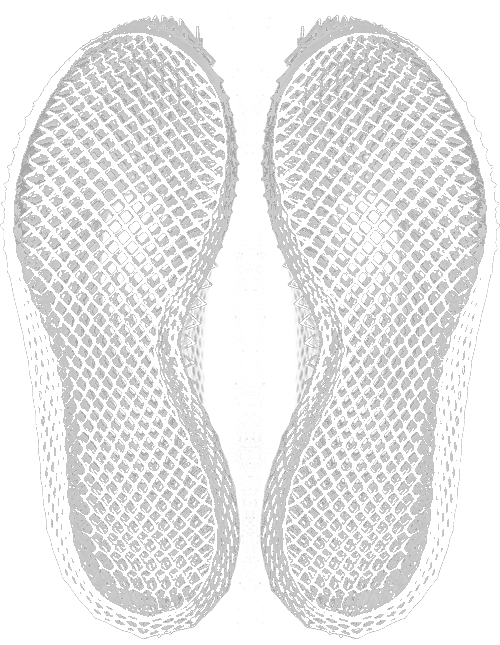
data-driven sneakers
Pressure data informs the design of sneakers and is used to modulate the material distribution across the midsole and the upper through changes in topology and density.
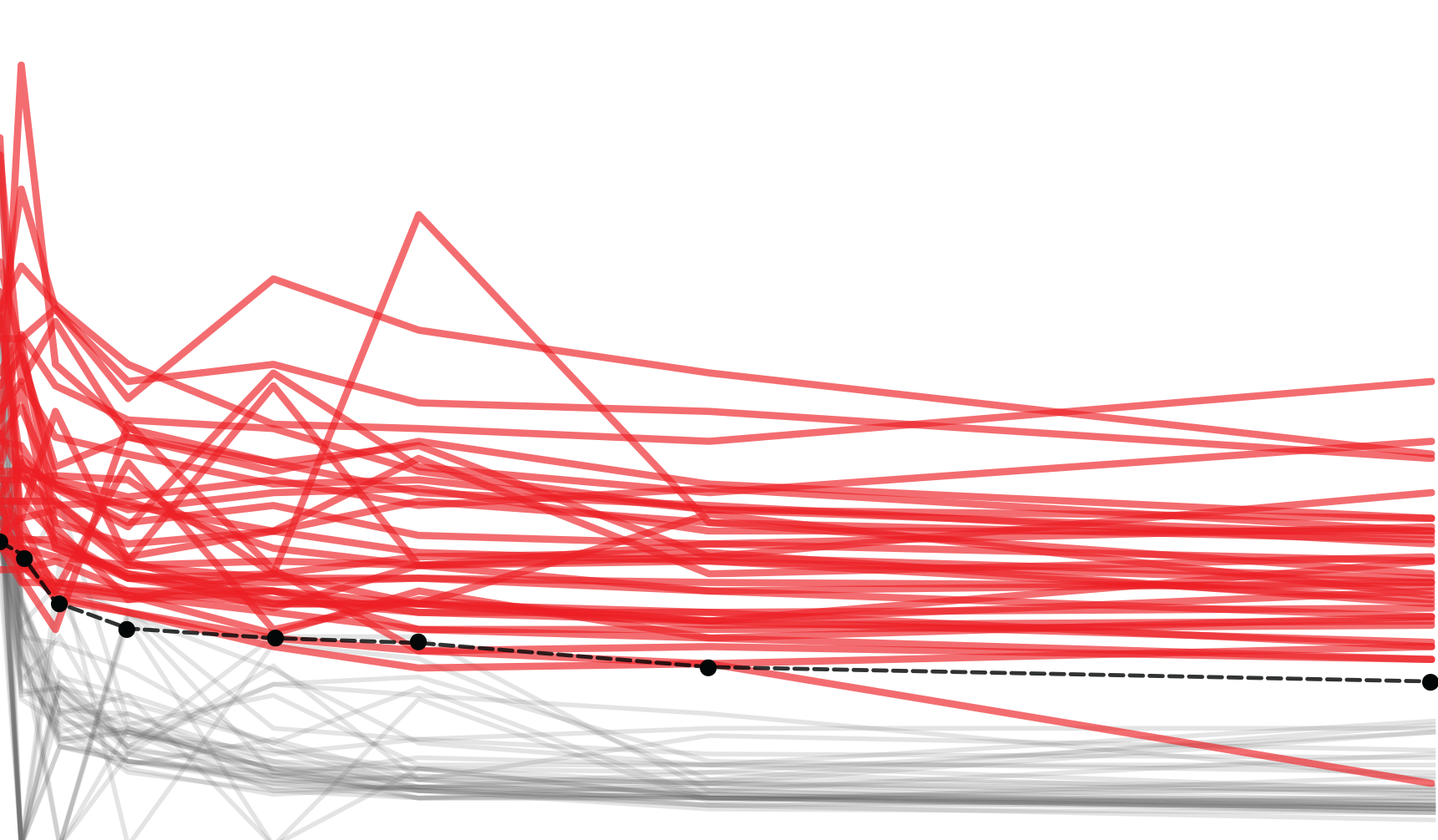
learning surface fields
Building simulations often return fields of information, e.g. solar radiation or stress fields, which serve as useful feedback for designers. However, those simulations may be time-consuming, limiting their effective use in iterative design processes. This research proposes to predict surface fields based in real-time using machine learning.

structural pattern optimization
Designing patterned structures requires significant expertise and complex computational systems. This modelling system provides simple ways to integrate creativity and rigor in the conceptual design of such structures through the combination of geometric rules, optimization techniques, and a novel analysis method.
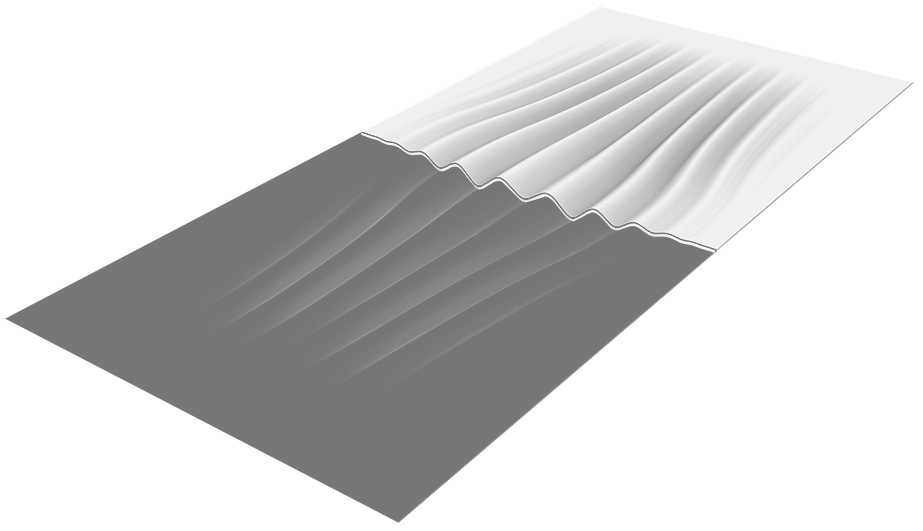
optimized table design
Using Radical, I designed a table, which is optimized for strain energy with a maximum weight constraint. I used my implementation of isogeometric analysis as the simulation engine.
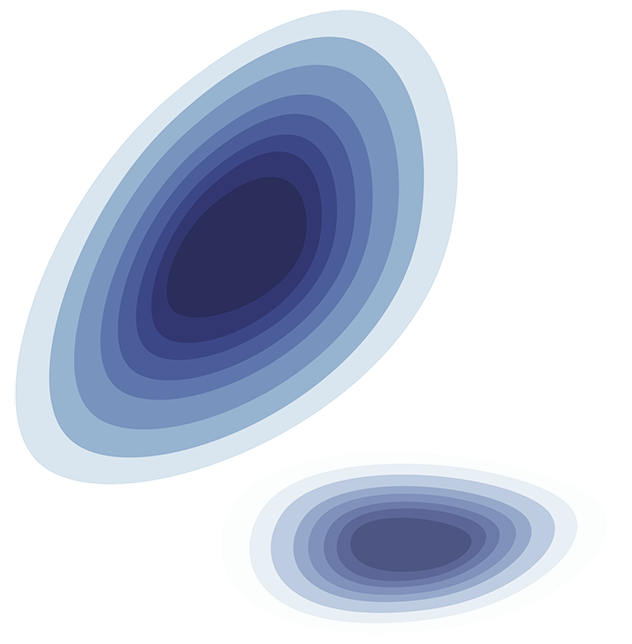
constrained optimization tool
Radical: a constrained optimization tool for Grasshopper with specific features to handle geometries as design variables and an independent UI to select variables, modify optimization parameters, and export data.
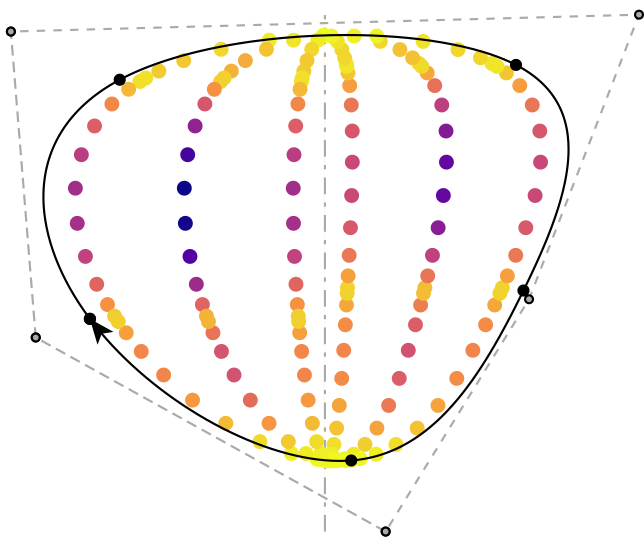
trimmed isogeometric analysis
Trimmed Isogeometric analysis gives a way to link geometrical and structural design early on in the design process and is particularly powerful to analyze and design patterned structures.
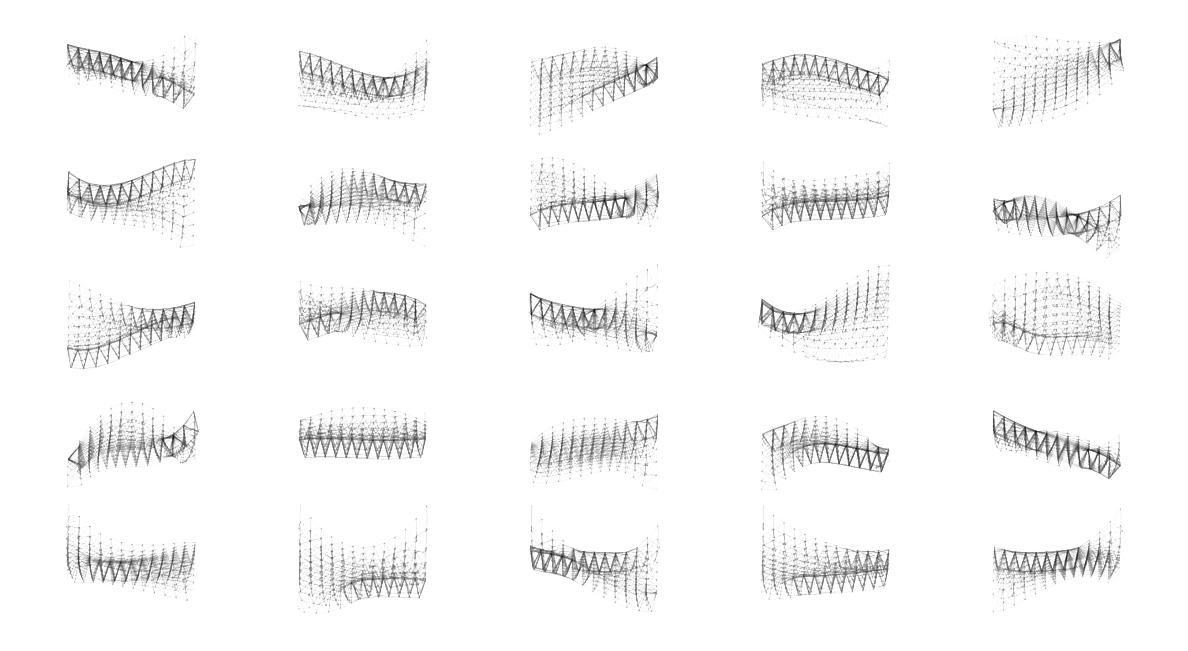
interactive evolutionary optimization
Interactive optimization puts the human designer at the center of the optimization process, turning genetic algorithms into performance-driven exploration techniques.